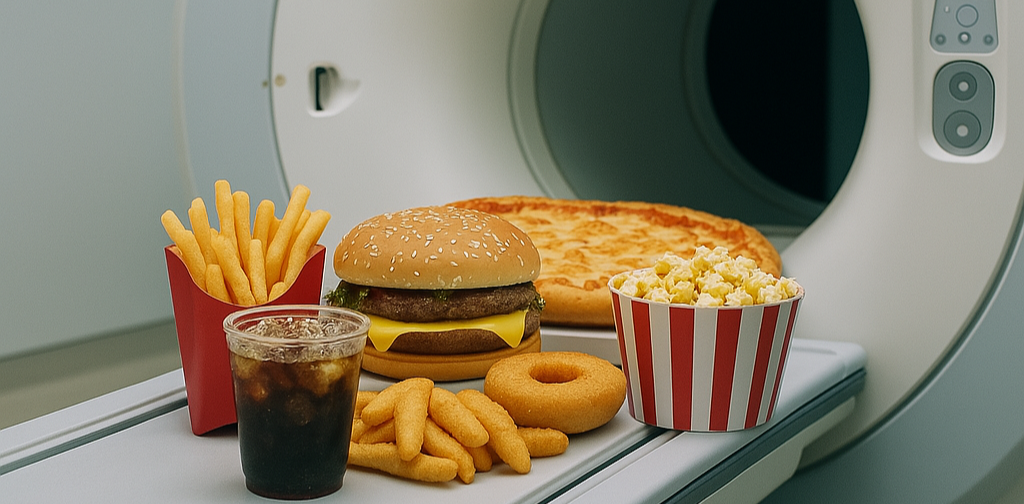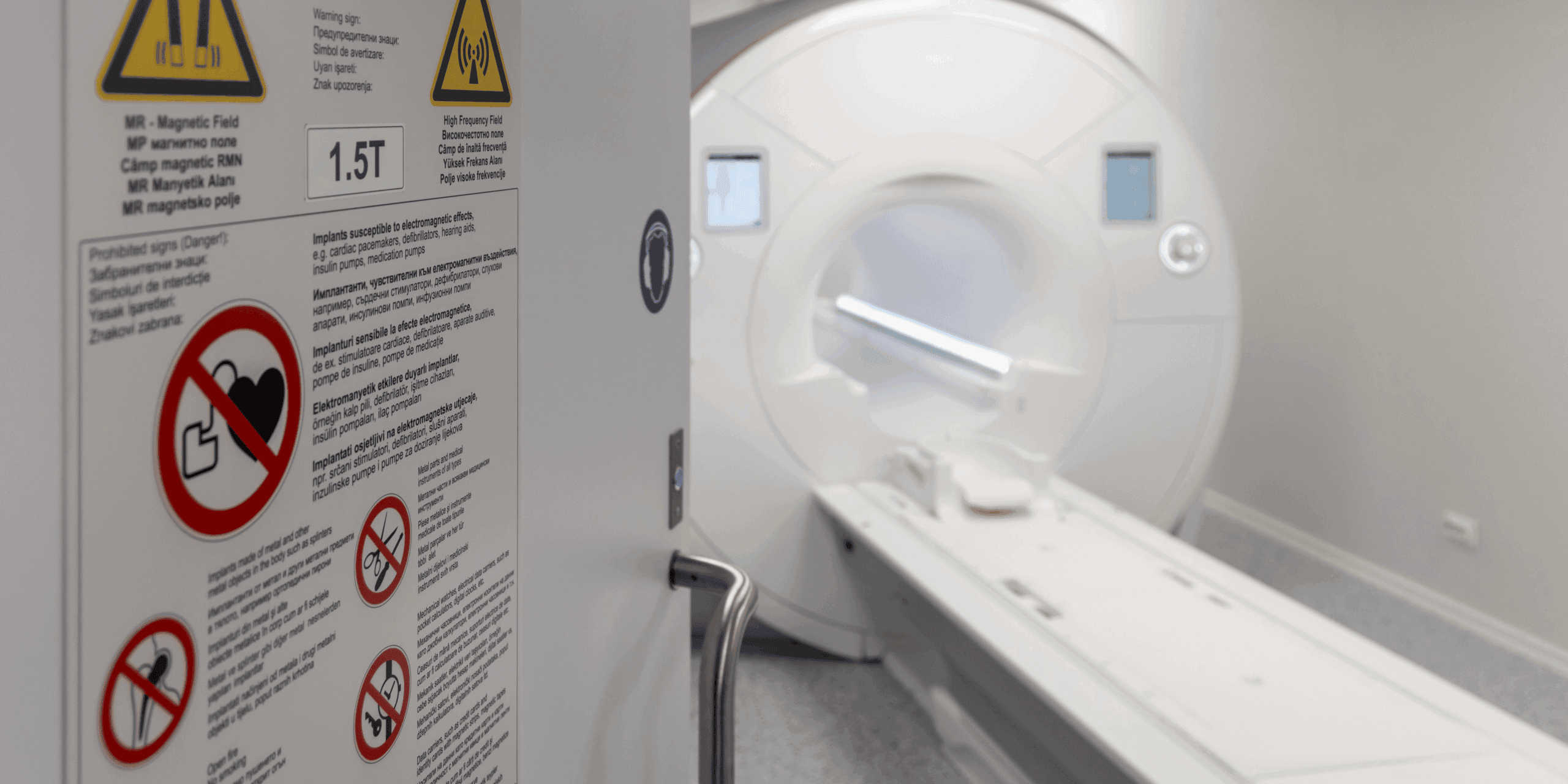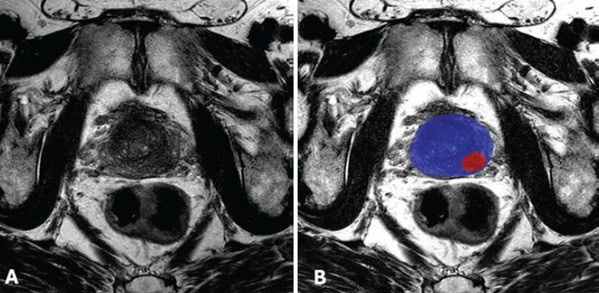The proportion of patients getting CT scans with high radiation doses more than tripled over a five-year period. That’s according to a new study in British Journal of Radiology that found the rate of high-dose CT rising along with growing obesity rates – despite technical advances in CT instrumentation.
CT radiation dose has been closely watched due to its potential to cause cancer.
- A controversial paper published earlier this year in JAMA Internal Medicine estimated that all the CT scans performed in a year in the U.S. would cause 100k cancers.
- And another recent paper made a connection between the number of CT scanners installed in a country and the number of patients with high cumulative radiation exposure (over 100 mSv) over five years.
In the new paper, a research team led by radiation safety expert Madan Rehani, PhD, tracked radiation exposure to patients who got CT exams at Massachusetts General Hospital from 2013 to 2022.
- They defined high-dose CT exams as those in which individual exam radiation dose exceeded 50 mSv.
Over a 10-year period, nearly 1.4 million CT exams were performed on 382k patients, revealing that the rate of CT exams with effective doses ≥ 50 mSv…
- Was less than 1%, but more than tripled from 2017 to 2022 (0.25% to 0.86%).
- 59% of high-dose exams were multiphase studies (≥ 3 phases).
- The rate of high-dose CT exams rose 7X faster in overweight and obese patients than in their underweight or normal-weight counterparts in a subset of 5k patients with available BMI data.
There was a close association between obesity and radiation dose, as patients with larger body habitus require more radiation to penetrate deeper for diagnostic-quality images.
- Ironically, the introduction of CT scanners with higher table weight capacity and larger gantry diameter may have contributed to the increase by making it possible to scan patients who previously were too large to be imaged.
Researchers also believe the rise in radiation dose starting in 2018 occurred around the same time as MGH’s introduction of more advanced CT scanners with more powerful X-ray tubes.
The Takeaway
The new findings on CT radiation dose illustrate the balancing act that imaging providers face between radiation safety and achieving optimal image quality. With obesity rates steadily rising, it’s a choice that will become increasingly common.










